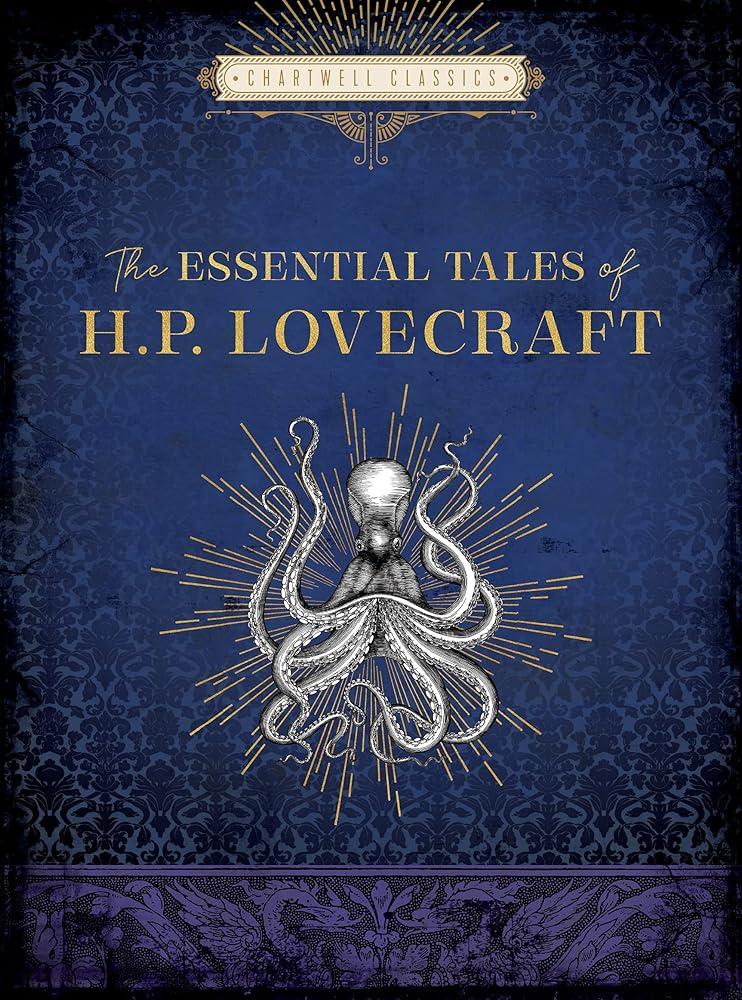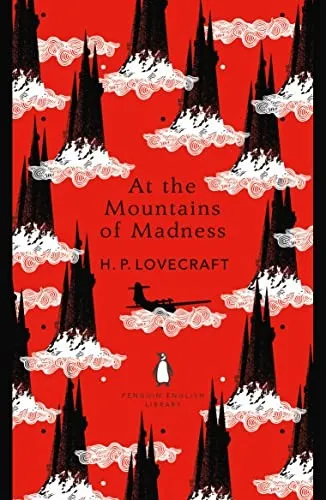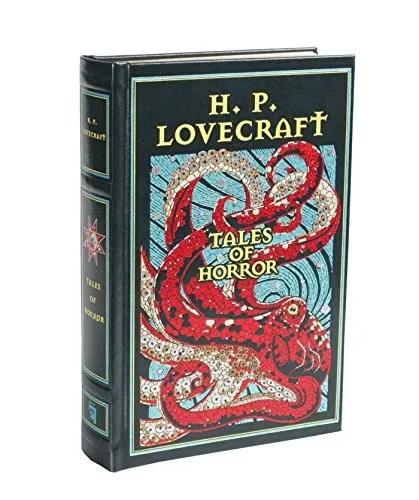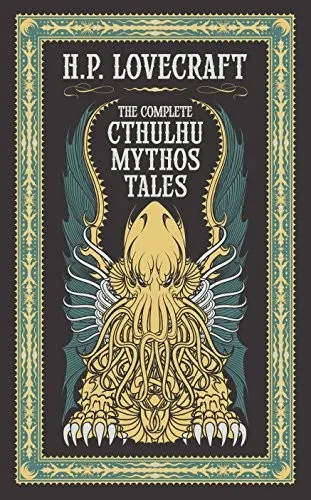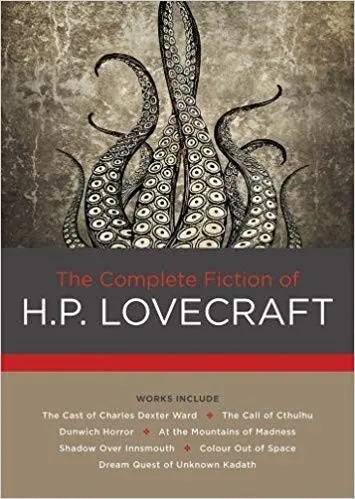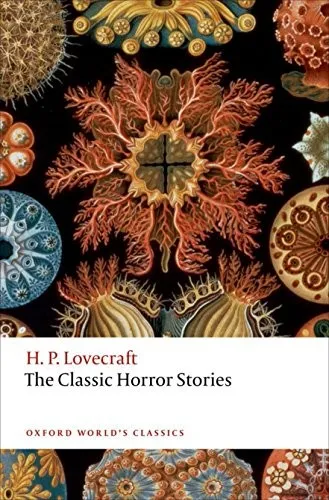
H. P. Lovecraft (1890-1937) was a reclusive scribbler of horror stories for the American pulp magazines that specialized in Gothic and science fiction in the interwar years. He often published in Weird Tales and has since become the key figure in the slippery genre of "weird fiction." Lovecraft developed an extraordinary vision of feeble men driven to the edge of sanity by glimpses of malign beings that have survived from human prehistory or by malevolent extra-terrestrial visitations. The ornate language of his stories builds towards grotesque moments of revelation, quite unlike any other writer. This new selection brings together nine of his classic tales, focusing on the "Cthulhu Mythos," a cycle of stories that develops the mythology of the Old Ones, the monstrous creatures who predate human life on earth. It includes the Introduction from Lovecraft's critical essay, "Supernatural Horror in Literature," in which he gave his own important definition of "weird fiction." In a fascinating contextual introduction, Roger Luckhurst gives Lovecraft the attention he deserves as a writer who used pulp fiction to explore a remarkable philosophy that shockingly dethrones the mastery of man.
H.P. Lovecraft
H.P. Lovecraft was an American writer known for his influential works in the horror and weird fiction genres. His most notable works include "The Call of Cthulhu," "At the Mountains of Madness," and "The Shadow over Innsmouth." Lovecraft's writing style often featured cosmic horror, ancient creatures, and a sense of existential dread. He is credited with creating the Cthulhu Mythos, a shared universe of eldritch beings and forbidden knowledge that has had a lasting impact on horror literature. Lovecraft's most famous work, "The Call of Cthulhu," has become a classic of the genre and continues to inspire writers to this day.
